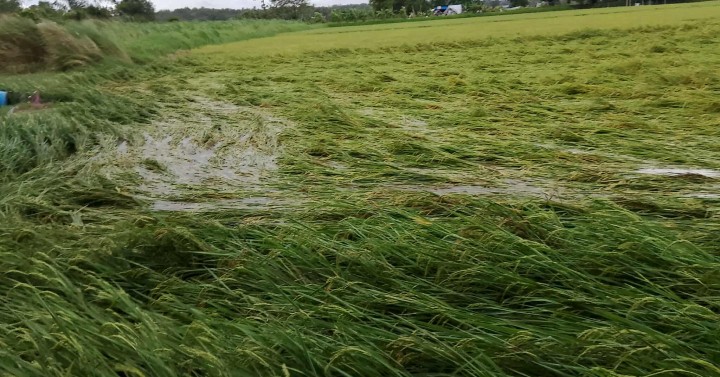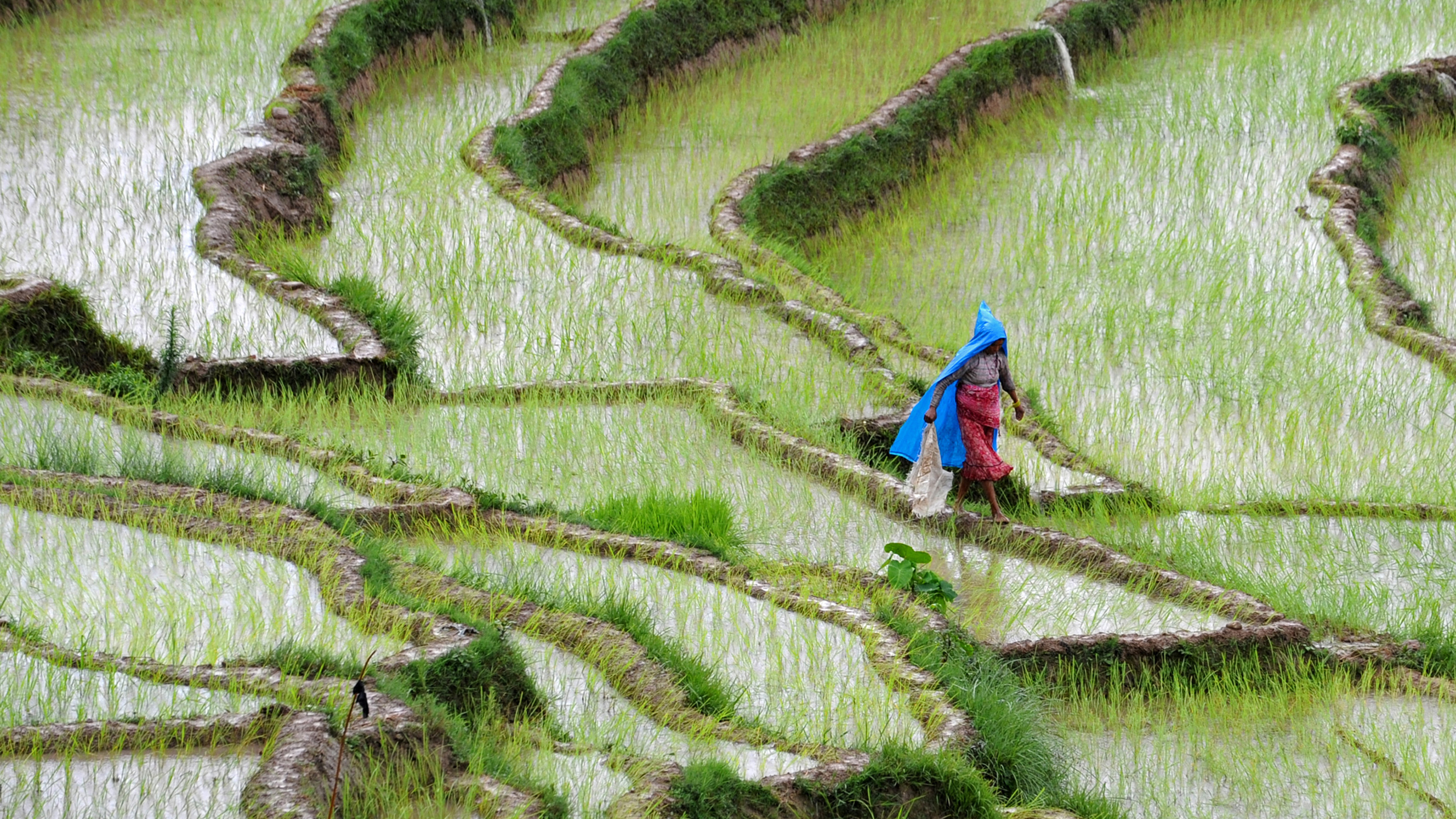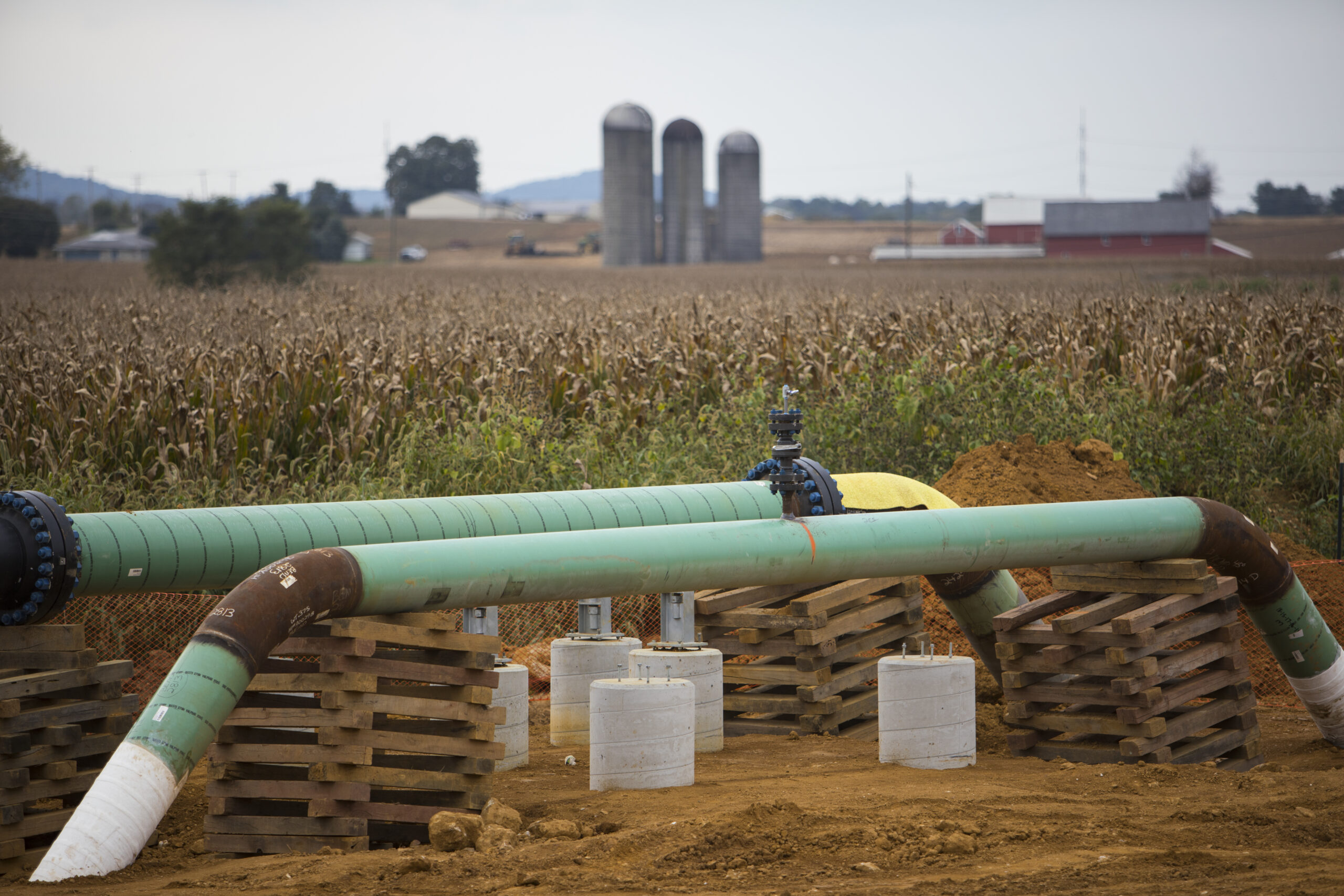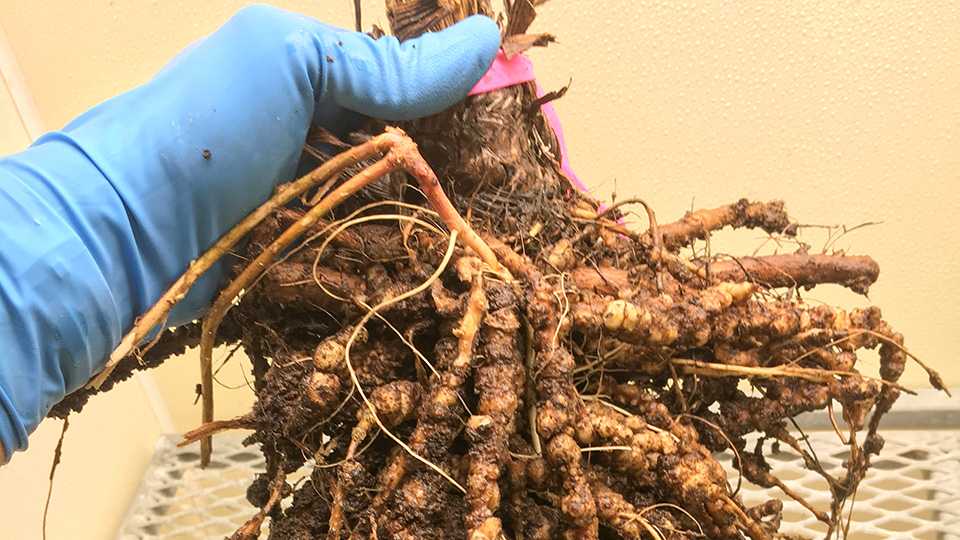Congress required several changes to crop insurance as part of the 2018 Farm Bill and the Risk Management Agency has been rapidly working to get the new rules in place. That’s in addition to trying to help producers deal with extremely wet and damaging weather conditions in 2019, says RMA Administrator Martin Barbre.
Farmers were unable to plant many rain-soaked fields in 2019, Barbre noted while speaking at the Crop Insurance Industry Annual Convention on Tuesday and the Crop Insurance and Reinsurance Bureau the previous week. About 19.1 million acres were covered under prevented planting provisions in insurance policies and the indemnity payments have already reached almost $4.3 billion.
Barbre says his staff has created a “Prevented Planting” task force to figure out how to pay producers more when they need it but at the same time, “we don’t want to encourage PP just because a producer can” take advantage of it.
In addition, the crop insurance industry helped deliver additional financial assistance known as “top-up” payments, authorized by Congress in a 2018 disaster bill, to farmers with prevented planting insurance claims. With the process almost completed, payments are expected to reach about $600 million.
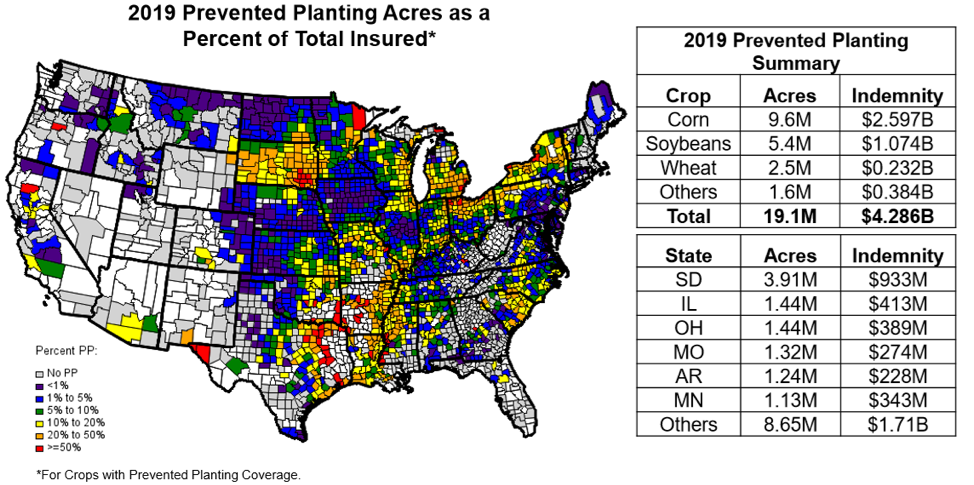
Last year’s farm disaster aid package included more than $3 billion to help farmers recover from losses. And the additional top-up payment was delivered by approved crop insurance providers — unlike previous years when USDA’s Farm Service Agency administered the disaster assistance.
Aside from the kinds of weather issues addressed by the disaster bill, crop insurance providers also had to confront other weather challenges as well.
“Much has been said about prevented planting losses, but it should be pointed out that crop hail losses were also up this year,” noted Tom Zacharias, President of National Crop Insurance Services. “At the national level hail and wind losses have exceeded $900 million for the past two years, well above prior years and the 2019 season represents a 14% increase in losses relative to liability over the long-term average.”
Barbre said that one of the biggest expansions of the crop insurance program was coverage for hemp, which he described as his new favorite “four letter word.” The crop can be covered this year under a whole farm revenue protection policy or a new multi-peril pilot policy that will cover fiber, grain and CBD in 21 states.
The multi-peril hemp policies provide coverage only for reduced yields. Prevented planting is not covered.
The policies will be available in certain counties in Alabama, California, Colorado, Illinois, Indiana, Kansas, Kentucky, Maine, Michigan, Minnesota, Montana, New Mexico, New York, North Carolina, North Dakota, Oklahoma, Oregon, Pennsylvania, Tennessee, Virginia and Wisconsin.
THC levels above the level allowed by USDA, 0.3%, are an uninsurable loss, and the crop can’t be counted in calculating the grower’s production history.
To be eligible for coverage, a grower must have at least one year of history producing hemp and have a contract for the sale of the insured crop this year. Coverage also will be limited to crops grown on at least five acres for cannabidiol oil (CBD) or 20 acres for grain and fiber.
Barbre noted that the coverage was implemented a little over one year since the industrial hemp provisions were signed into law
He acknowledged that, “we may get a lot of comments that we were too conservative but that’s OK. We will work to improve the product as we go
“But we to make sure we are not insuring something, so we can insure it,” Barbre added. “We want to insure people who are really interested in growing hemp.”
The agency also is looking for additional ways to improve Whole Farm Revenue Protection insurance. In 2019, only about 2,200 policies were sold covering about $2.3 billion in liabilities, according to RMA’s Summary of Business.
Barbre said agency staff met with Indian tribes, specialty crop growers and the aquaculture industry. In fact, the agency launched a new aquaculture working group to “find additional ways to make WFRP make for aquaculture,” Barbre says.
“We’ve done a lot of outreach. We’re trying to learn more about what works, what doesn’t work. We know there are issues,” he added.
He said RMA has made some additional changes to the Whole Farm Revenue Protection for 2020, such as extending the beginning farmer and rancher eligibility for 10 years, adding benefits for veterans and raising the livestock and nursery revenue limits. Under WFRP, operations involving animals/animal products and nursery commodities with over $1 million in expected revenue will be eligible for coverage but it will be capped at $2 million for each category.
WFRP allows coverage of all revenue for commodities produced on a farm up to a total insured revenue of $8.5 million. It has been most popular for specialty crops and organic commodities.
According to Barbre:
- Dairy Revenue Protection, which provides revenue protection for dairy production — was available for sale as of October 2018. As of Jan. 31, there were 9,379 endorsements covering over 30 billion pounds of milk from over 5.2 million cows and equal to 14% of total production.
- Multicounty Enterprise Units were implemented in 2019 and covered 3 million acres. Around 13% of eligible acreage participated, mainly corn and soybeans.
- A new quality loss option will be implemented this summer for the 2021 crop year. It allows the insured to replace their post-quality production amount with their pre-quality production amount in APH. Specific crops for the initial year of implementation include barley, canola, corn, flax, grain sorghum, oats, rye, safflower, soybean, sunflower, and wheat.
- Improvements will be made for tobacco, starting in 2021. Barbre said concerns were raised by stakeholders on the differing values of contracted vs. non-contracted tobacco RMA plans to have separate price elections for the contracted vs. non-contracted value of tobacco, based on actual expected returns from sales. Quality adjustments will be limited to contracted tobacco only.
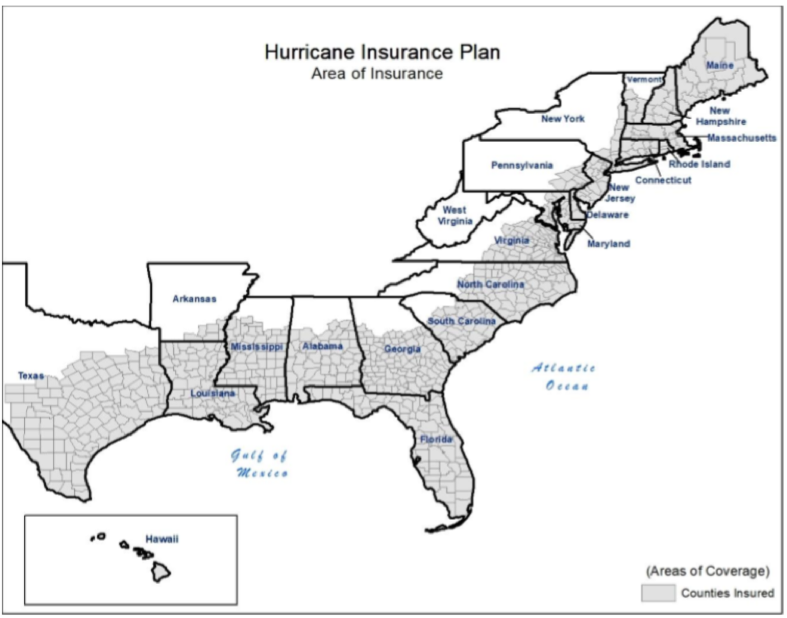
- Hurricane Insurance Protection — Wind Index (HIP-WI) is an option to add coverage for hurricanes to an already-existing MPCI policy. Barbre said it covers the deductible portion of the MPCI policy, up to 95% of crop value, and is similar in structure to the Supplemental Coverage Option (SCO). It covers about 70 crops.
With the addition of new polices and program options there is always the risk that some growers will try to take advantage and “game” the crop insurance programs. Rep. Mike Conaway, R-Texas, the ranking member of the House Agriculture Committee, made a point that one of his biggest concerns going forward is the potential for fraud.
Zacharias noted that “If one examines industry efforts and resources that are devoted to compliance, data mining, policy review and program audits, one will find that program integrity is a priority for our industry and will remain so. If we fail on the program integrity front, we can lose public and private support for this industry. To that end, everything we do matters and our actions are interconnected.”
Source - https://www.agri-pulse.com
 Last year’s farm disaster aid package included more than $3 billion to help farmers recover from losses. And the additional top-up payment was delivered by approved crop insurance providers — unlike previous years when USDA’s Farm Service Agency administered the disaster assistance.
Aside from the kinds of weather issues addressed by the disaster bill, crop insurance providers also had to confront other weather challenges as well.
“Much has been said about prevented planting losses, but it should be pointed out that crop hail losses were also up this year,” noted Tom Zacharias, President of National Crop Insurance Services. “At the national level hail and wind losses have exceeded $900 million for the past two years, well above prior years and the 2019 season represents a 14% increase in losses relative to liability over the long-term average.”
Barbre said that one of the biggest expansions of the crop insurance program was coverage for hemp, which he described as his new favorite “four letter word.” The crop can be covered this year under a whole farm revenue protection policy or a new multi-peril pilot policy that will cover fiber, grain and CBD in 21 states.
The multi-peril hemp policies provide coverage only for reduced yields. Prevented planting is not covered.
The policies will be available in certain counties in Alabama, California, Colorado, Illinois, Indiana, Kansas, Kentucky, Maine, Michigan, Minnesota, Montana, New Mexico, New York, North Carolina, North Dakota, Oklahoma, Oregon, Pennsylvania, Tennessee, Virginia and Wisconsin.
THC levels above the level allowed by USDA, 0.3%, are an uninsurable loss, and the crop can’t be counted in calculating the grower’s production history.
To be eligible for coverage, a grower must have at least one year of history producing hemp and have a contract for the sale of the insured crop this year. Coverage also will be limited to crops grown on at least five acres for cannabidiol oil (CBD) or 20 acres for grain and fiber.
Barbre noted that the coverage was implemented a little over one year since the industrial hemp provisions were signed into law
He acknowledged that, “we may get a lot of comments that we were too conservative but that’s OK. We will work to improve the product as we go
“But we to make sure we are not insuring something, so we can insure it,” Barbre added. “We want to insure people who are really interested in growing hemp.”
The agency also is looking for additional ways to improve Whole Farm Revenue Protection insurance. In 2019, only about 2,200 policies were sold covering about $2.3 billion in liabilities, according to RMA’s Summary of Business.
Barbre said agency staff met with Indian tribes, specialty crop growers and the aquaculture industry. In fact, the agency launched a new aquaculture working group to “find additional ways to make WFRP make for aquaculture,” Barbre says.
“We’ve done a lot of outreach. We’re trying to learn more about what works, what doesn’t work. We know there are issues,” he added.
He said RMA has made some additional changes to the Whole Farm Revenue Protection for 2020, such as extending the beginning farmer and rancher eligibility for 10 years, adding benefits for veterans and raising the livestock and nursery revenue limits. Under WFRP, operations involving animals/animal products and nursery commodities with over $1 million in expected revenue will be eligible for coverage but it will be capped at $2 million for each category.
WFRP allows coverage of all revenue for commodities produced on a farm up to a total insured revenue of $8.5 million. It has been most popular for specialty crops and organic commodities.
According to Barbre:
Last year’s farm disaster aid package included more than $3 billion to help farmers recover from losses. And the additional top-up payment was delivered by approved crop insurance providers — unlike previous years when USDA’s Farm Service Agency administered the disaster assistance.
Aside from the kinds of weather issues addressed by the disaster bill, crop insurance providers also had to confront other weather challenges as well.
“Much has been said about prevented planting losses, but it should be pointed out that crop hail losses were also up this year,” noted Tom Zacharias, President of National Crop Insurance Services. “At the national level hail and wind losses have exceeded $900 million for the past two years, well above prior years and the 2019 season represents a 14% increase in losses relative to liability over the long-term average.”
Barbre said that one of the biggest expansions of the crop insurance program was coverage for hemp, which he described as his new favorite “four letter word.” The crop can be covered this year under a whole farm revenue protection policy or a new multi-peril pilot policy that will cover fiber, grain and CBD in 21 states.
The multi-peril hemp policies provide coverage only for reduced yields. Prevented planting is not covered.
The policies will be available in certain counties in Alabama, California, Colorado, Illinois, Indiana, Kansas, Kentucky, Maine, Michigan, Minnesota, Montana, New Mexico, New York, North Carolina, North Dakota, Oklahoma, Oregon, Pennsylvania, Tennessee, Virginia and Wisconsin.
THC levels above the level allowed by USDA, 0.3%, are an uninsurable loss, and the crop can’t be counted in calculating the grower’s production history.
To be eligible for coverage, a grower must have at least one year of history producing hemp and have a contract for the sale of the insured crop this year. Coverage also will be limited to crops grown on at least five acres for cannabidiol oil (CBD) or 20 acres for grain and fiber.
Barbre noted that the coverage was implemented a little over one year since the industrial hemp provisions were signed into law
He acknowledged that, “we may get a lot of comments that we were too conservative but that’s OK. We will work to improve the product as we go
“But we to make sure we are not insuring something, so we can insure it,” Barbre added. “We want to insure people who are really interested in growing hemp.”
The agency also is looking for additional ways to improve Whole Farm Revenue Protection insurance. In 2019, only about 2,200 policies were sold covering about $2.3 billion in liabilities, according to RMA’s Summary of Business.
Barbre said agency staff met with Indian tribes, specialty crop growers and the aquaculture industry. In fact, the agency launched a new aquaculture working group to “find additional ways to make WFRP make for aquaculture,” Barbre says.
“We’ve done a lot of outreach. We’re trying to learn more about what works, what doesn’t work. We know there are issues,” he added.
He said RMA has made some additional changes to the Whole Farm Revenue Protection for 2020, such as extending the beginning farmer and rancher eligibility for 10 years, adding benefits for veterans and raising the livestock and nursery revenue limits. Under WFRP, operations involving animals/animal products and nursery commodities with over $1 million in expected revenue will be eligible for coverage but it will be capped at $2 million for each category.
WFRP allows coverage of all revenue for commodities produced on a farm up to a total insured revenue of $8.5 million. It has been most popular for specialty crops and organic commodities.
According to Barbre:








